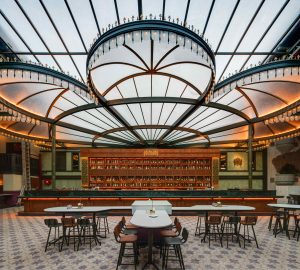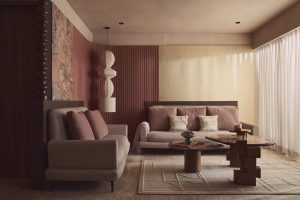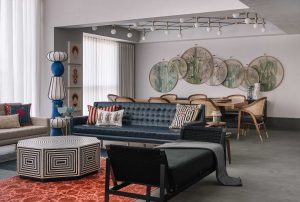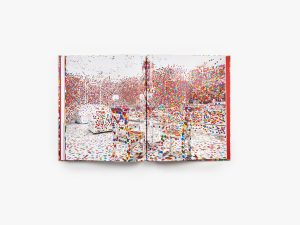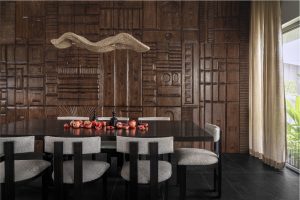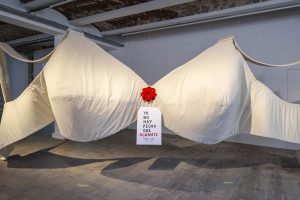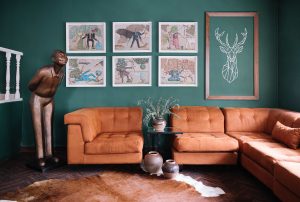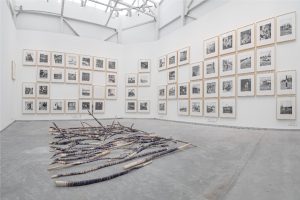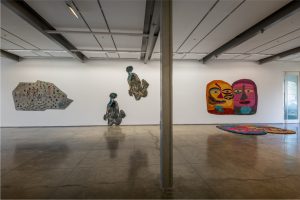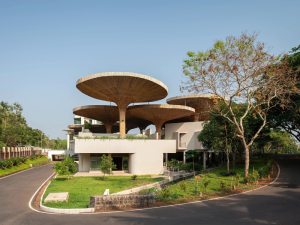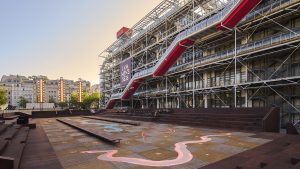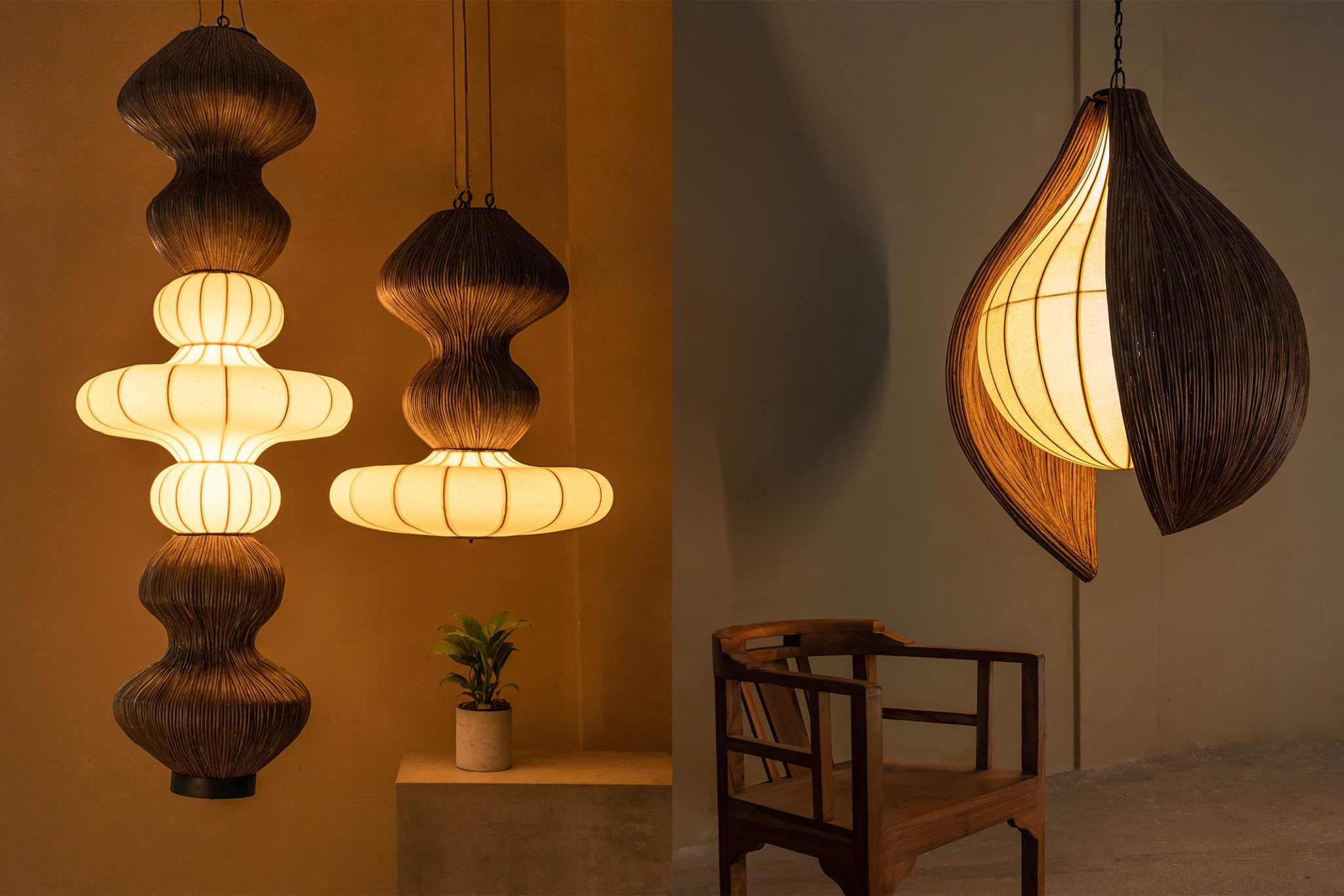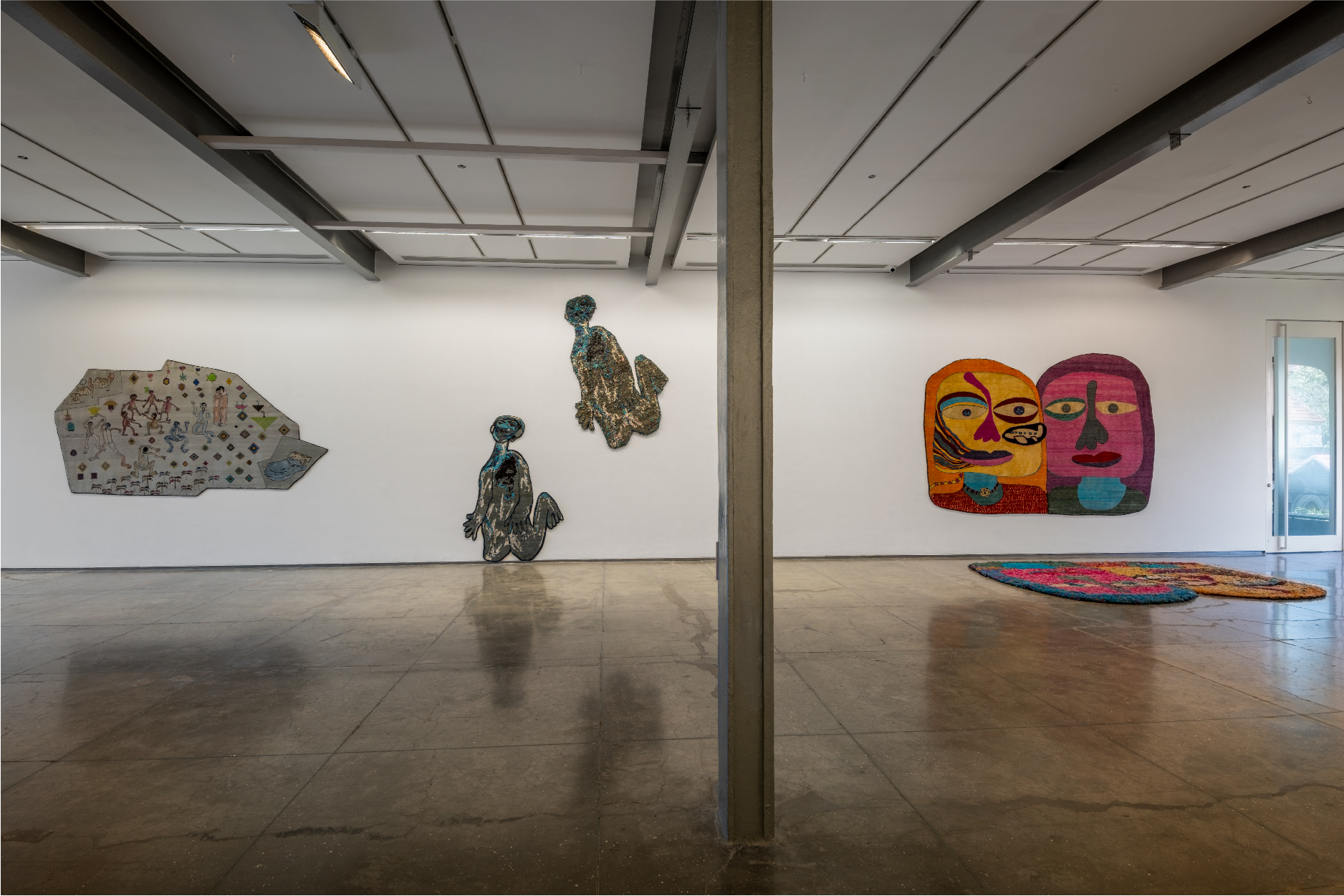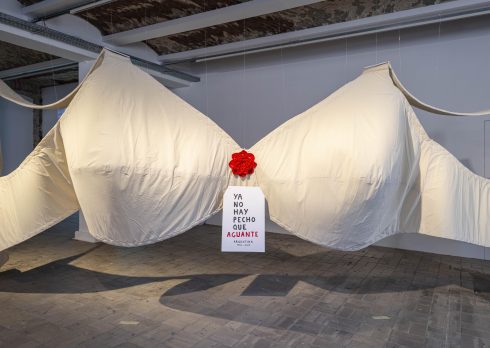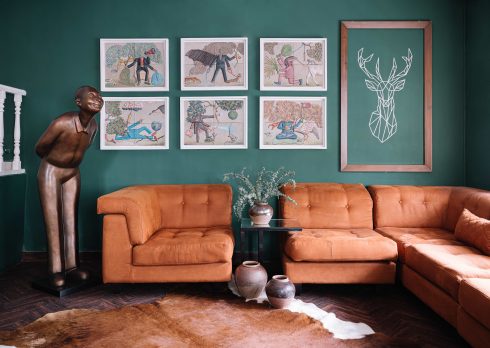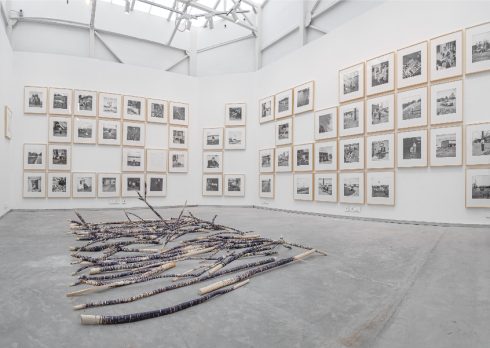The Ultimate Gallery Guide To Mumbai (Part 2): 7 Must-Visit Art Spaces
From Colaba to Kemps Corner, these seven Mumbai galleries shape a new cultural topography where material ingenuity and artisan voices coalesce into the city’s evolving art future.
- 22 Jul '25
- 4:18 pm by Simran Almeida
If Mumbai’s art scene reads like a palimpsest, always shifting and evolving, it’s because it is. In part one of this two-part series, we mapped a fragment of the city’s creative fabric—from white cubes to crumbling mills and intimate lofts—where a visual culture coexists. With each new opening, residency, and curatorial experiment, Mumbai continues to reveal hidden layers of its creative core. In this second part, we dive deeper into galleries that embrace material ingenuity and challenge conventional aesthetics. Here, in Part Two of our definitive gallery guide, we spotlight seven more Mumbai spaces that continue to shape the city’s visual and cultural imagination. From vibrant bylanes in Bandra to warehouse walls in Colaba, here are 7 galleries you must visit.
1. Art and Charlie
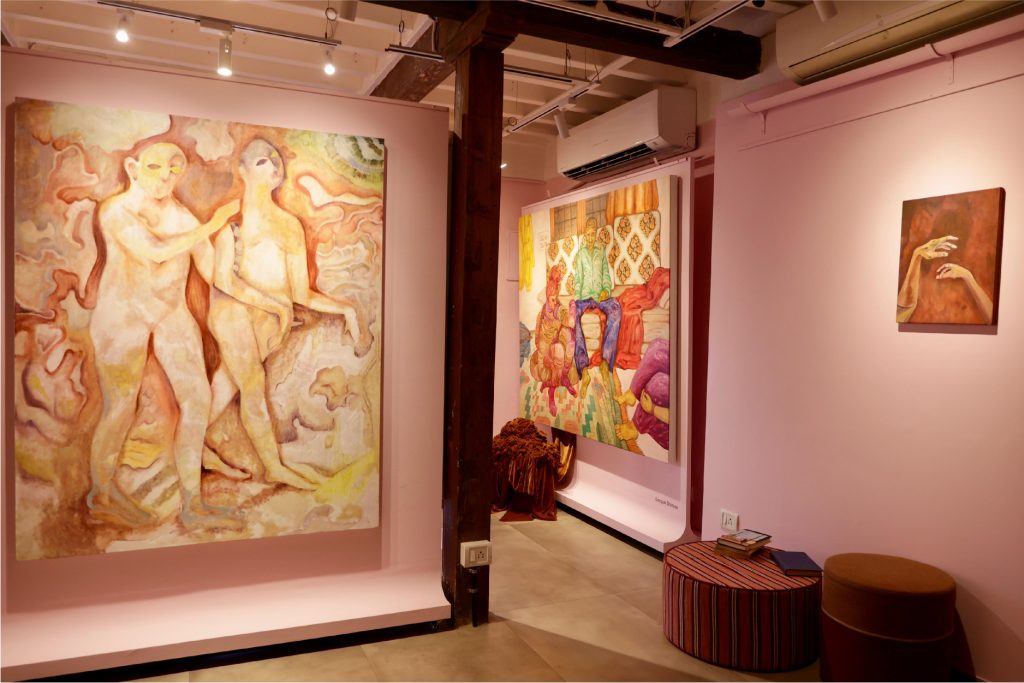
Housed in a crimson 15th-century Indo-Portuguese bungalow in Bandra’s Pali Village, Art and Charlie pose as one of Mumbai’s freshest cultural powerhouses. Established in 2022 by Ayesha Parikh, a former McKinsey & Co. strategist with a deep curiosity for cultural transformation, the gallery brings a multidisciplinary lens to Mumbai’s contemporary art landscape. Focused on socially attuned programming, Art and Charlie champion a new generation of emerging South Asian artists whose practices traverse decolonial thought, ecological urgency, and the layered terrain of identity and belonging. Within just two years, the gallery has built a robust roster of over 50 artists that illustrate a distinct voice, visual language, and cultural compass. Navigating through the poetic, political, and provocatively personal landscape, the gallery champions exhibitions that lean toward the incisive and unapologetically experimental. With a diverse array of programmes including screenings, performances, and curatorial dialogues, it also accommodates an in-house SUBKO café.
Also Read: The Ultimate Gallery Guide To Mumbai: 10 Must-Visit Art Spaces In Mumbai
2. Nita Mukesh Ambani Cultural Centre, BKC
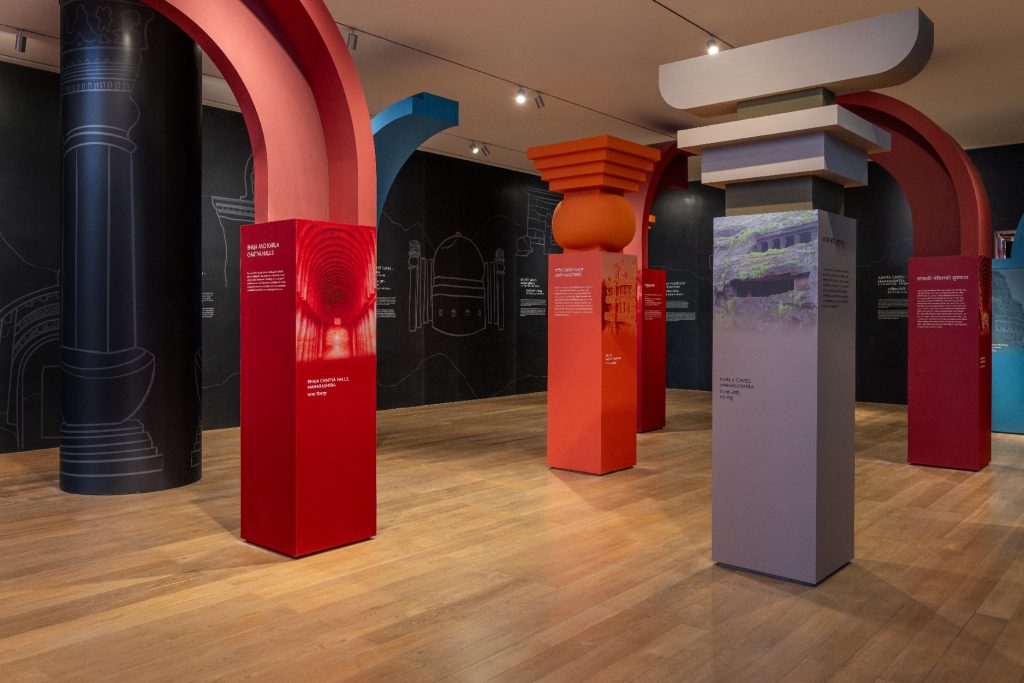
Within the heart of Mumbai’s Bandra Kurla Complex, the Nita Mukesh Ambani Cultural Centre (NMACC) is a multi-disciplinary cultural destination that melds the finest of India’s rich heritage with global sensibilities. Since its opening in 2023, the Centre has hosted over 1,500 performances by more than 7,000 artists, drawing more than two million visitors through its doors. The sprawling venue, founded by Nita Mukesh Ambani, encompasses three performing arts spaces paired with a dedicated visual arts space, Art House. The Art House rises across four luminous levels, staging a rotating roster of exhibitions that spotlight some of the most compelling voices in Indian and international art. Dotted across the Cultural Centre, site-specific installations—like Yayoi Kusama’s Infinity Mirrored Room and the resplendent Kamal Kunj Pichwai—serve as moments of reverie and wonder. The ongoing exhibition ‘Bhakti Krishna’s: Grace’, curated by seasoned art historian and cultural strategist Ashvin E. Rajagopalan, weaves a dialogue between Indian modernism and global contemporary practices.
3. 47 A, Girgaon
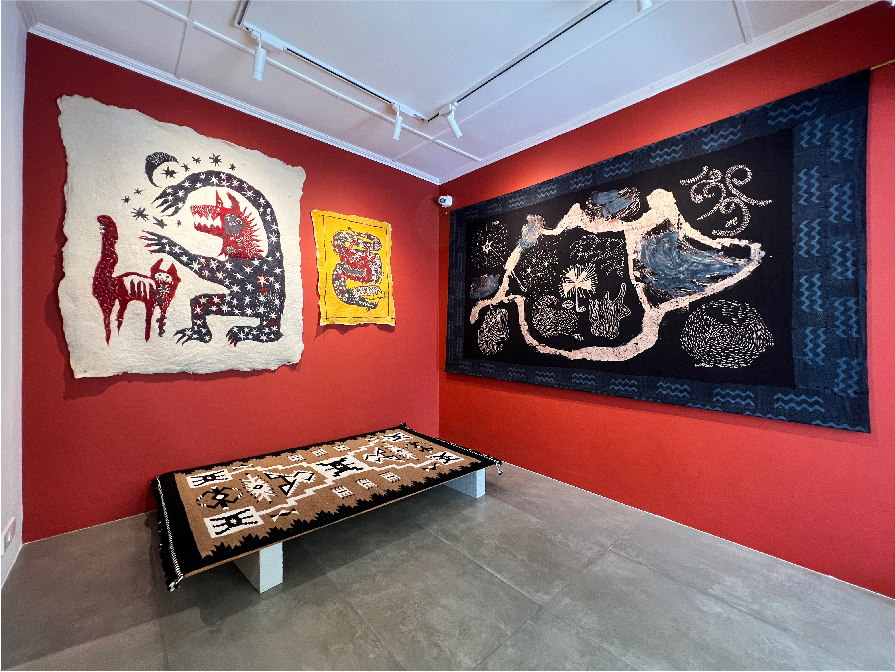
Tucked into the winding alleys of Girgaon’s storied Khotachiwadi, 47-A is a design-forward gallery, one of the three verticals of the principal company, Baro Market Pvt Ltd. that delicately unravels the blurred boundaries between craft, art, and design. Founded by gallerists Srila Chatterjee and Aashini Shah, the space occupies the charmingly restored Crasto bungalow—a 15th-century structure which once was a printing press and a gym. Exhibiting curated showcases that engage with India’s design legacies and evolving material culture, the gallery juxtaposes visuals. Whether it is a chair by M.F. Husain sitting beside a kinetic sculpture by Ruchi Bakshi Sharma and Sanjeev Sharma, or the archival family photographs converse with textile tapestries by Nelly Sethna, it becomes a bridge between heritage and pioneering. Spanning product design, graphic practices, fashion, and immersive spatial storytelling, 47-A extends beyond its whitewashed confines with an evolving programme of talks, screenings, and hands-on engagements.
4. Æquō, Colaba
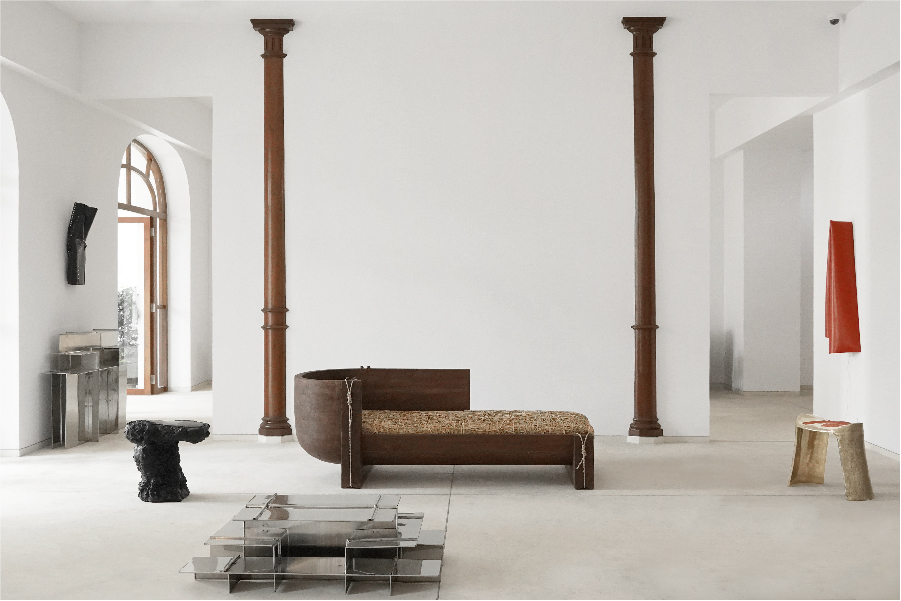
Nestled within the art-rich precincts of Colaba, Æquō serves as a sanctuary for contemplative design. Founded in 2022 by Tarini Jindal Handa and helmed creatively by French designer Florence Louisy, the gallery takes its name from the Latin word for ‘equal’—a fitting nod to its ethos, where international designers and Indian artisans meet on common ground. Through collaborations with master artisans across India and designers worldwide, Æquō creates a unique universe of objects that blend time and tradition. With an ingenious curatorial eye and a deep reverence for process, Æquō showcases furniture and objects that blur the boundaries between art, craft, and design. Crafted through immersive partnerships with regional workshops, from Gujarat’s fine metalworkers to Rajasthan’s wood, the gallery forges what it calls ‘the antiques of the future.’
5. Milaaya Art Gallery, Kemps Corner
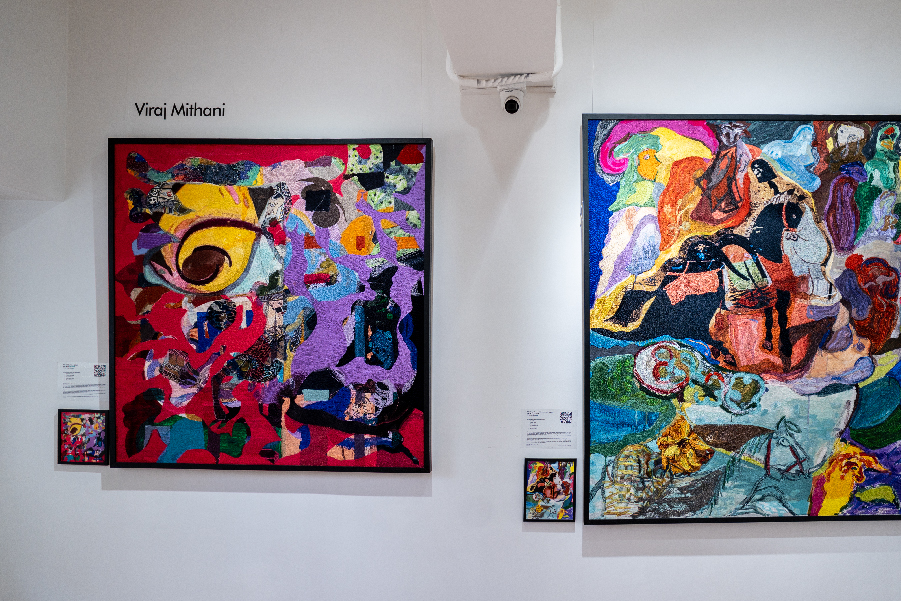
Within the storied lanes of Kemps Corner, Milaaya Art Gallery opened its doors with a singular vision: to reframe hand embroidery in the realm of contemporary art. Founded by Gayatri Khanna in 2024, Milaaya Art is a division of Milaaya Embroideries, which she originally established in 2000. The gallery draws on decades of savoir-faire to recognise traditional fibre craft as a culturally resonant symbol. With each collaboration, Milaaya’s curatorial lens reveals new dimensions of thread work as medium and message. Cotton, silk, and bullion are transformed by Indian artisans into intricate works, alongside contemporary South Asian artists. Milaaya Art Gallery, a staple of Mumbai’s art scene, celebrates artisan voices and stories of inclusivity and material memory. With a curatorial focus on reimagining hand-embroidery through a contemporary lens, the gallery bridges fine art and textile heritage, threading tradition into the future with quiet precision and bold intent.
6. Chemould CoLab, Colaba
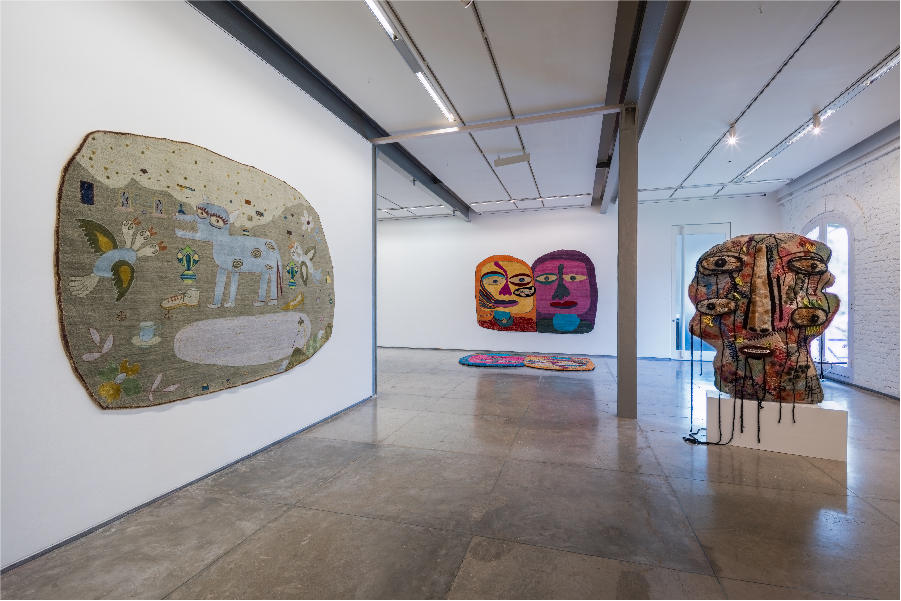
Tucked in the heart of Mumbai’s Colaba, Chemould CoLab was founded in March 2022 by Atyaan Jungalwala, a Mumbai-based gallerist, as an experimental satellite of the storied Chemould Prescott Road gallery. Dedicated to nurturing India’s next generation of contemporary artists, the space operates on a flexible, part-time residency model between May and September, inviting emerging artists to live, think, and make in situ. Positioned at the intersection of tutelage and experimentation, Chemould CoLab offers a platform for bold new perspectives in contemporary art. Throughout the year, the gallery hosts a diverse range of solo and group exhibitions, along with public programming that includes workshops, guided tours, and talks aimed at fostering creative exchange. With an emphasis on materials and fresh perspectives, Chemould CoLab serves as a medium for emerging artists, fostering an ecosystem where they connect with collectors, curators, and critics.
7. Method, Kala Ghoda
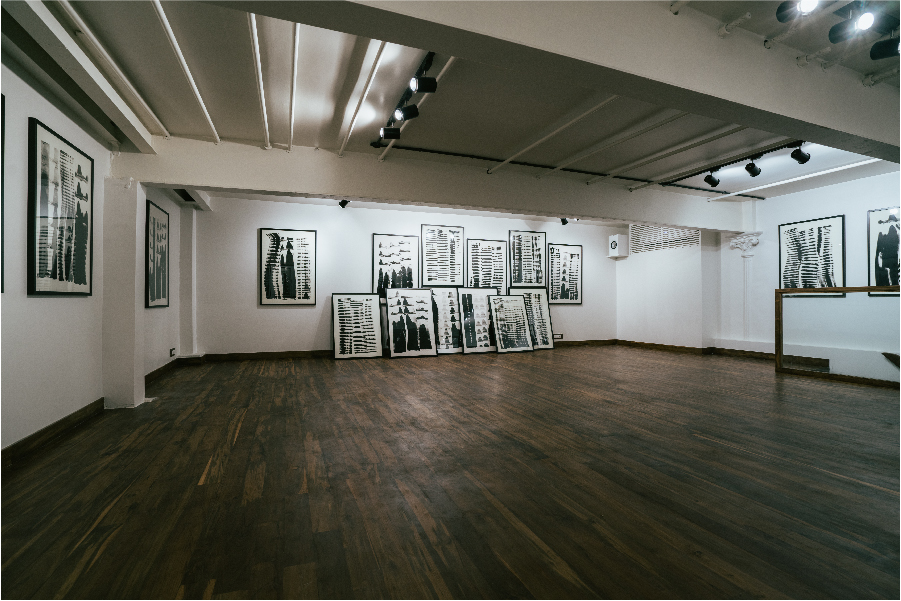
In the vibrant neighbourhoods of Mumbai, Method, a radical contemporary art space, emerged in 2019. Founded by Sahil Arora as a daring counterpoint to Mumbai’s mainstream art scene, a creative entrepreneur and co-founder of the agency Digital Dubba. What began as a single space soon expanded, opening in Bandra in 2020 and then in Delhi in 2025, becoming a multi-city platform committed to emerging and distinct voices in contemporary art. Steered by Arora’s deep-rooted interest in alternative subcultures and progressive storytelling, Method curates bold, interdisciplinary exhibitions that challenge convention. It has become known for showcasing both Indian and international artists such as J. Demsky, Kunel Gaur, and Tyler, while also reviving distinct voices like Priyesh T’s Adarsh Balak series and Hansika Mangwani’s sensorial media explorations. With a program that spans from street art to audiovisual interventions, Method debuted internationally at ARCO Lisboa this year, earning a Special Mention for its showcase of Ammama Malik, Sajid Wajid Shaikh, and Shivangi Kalra. The gallery’s latest showcase, Ladies Compartment, in collaboration with Gallery Melike Bilir during India Week, Hamburg, further signals its growing global footprint and commitment to underscoring diverse voices in contemporary art.

